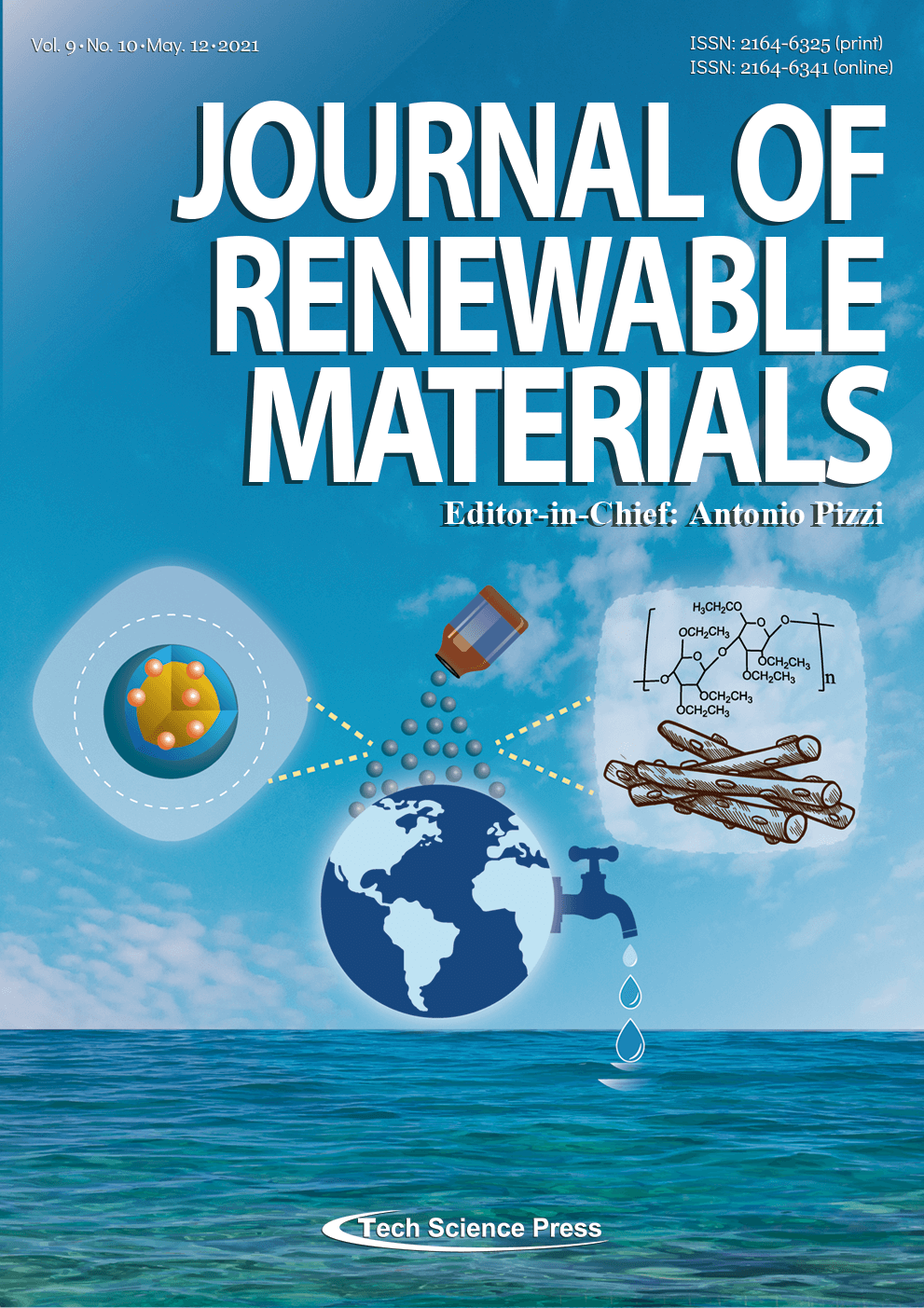Effect of Encapsulation Combined with Microwave Heating on Self-Healing Performance of Asphalt Mixture
Benan Shu1,*, Lixian Guo1, Bing Qiu1, Tengyu Yang1, Tao Sun1, Wenjun Qiu1, Min Zhou1, Putao Song2, Yuanyuan Li3, Diego Maria Barbieri4, Shaopeng Wu5,*
Journal of Renewable Materials, Vol.9, No.10, pp. 1781-1794, 2021, DOI:10.32604/jrm.2021.015659
- 12 May 2021
Abstract As an innovative maintenance technology of asphalt pavement, encapsulated rejuvenator used to improve its
self-healing performance has been widely investigated by researchers in recent years. In this work, the selfhealing properties of asphalt mixture with and without encapsulations were comparatively studied considering
these parameters: Healing time, healing cycles and microwave heating. Three-point bending strength recovery
test and fatigue loading cycles recovery test were conducted for two kinds of encapsulations containing the
healing agents present inside the asphalt mixture, namely compartmented Ca-alginate/SiO2 fiber and compartmented Ca-alginate/graphene oxide fiber. The results showed that the optimum healing time… More >
